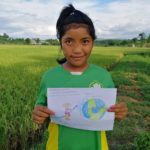On 30 May 2022 the government of Switzerland and the Geneva Environment Network hosted a high-level event celebrating the recognition of the right to a clean, healthy, and sustainable environment in the Human Rights Council, while identifying the urgent actions necessary for its implementation.
This session takes place ahead of World Environment Day and the lead up to Stockholm+50 (2-3 June), a gathering of world leaders to celebrate and accelerate the implementation of the global environmental agenda.
Panelist Samia Shell, an Environmental Justice and Human Rights Advocate and Law Student from the United States, highlighted the significance of the right to a healthy environment to secure a livable and dignified future for children, young people and future generations. Please read the full statement below.
“Celebrating the Right to a Healthy Environment: 50 Years of the Stockholm Declaration”
Statement by Samia Shell
We understand that our present is dire. This week we continue to receive warnings about rising temperatures, what inaction will do to us, that our fate is nearly sealed. I am not here to discuss the present. I am here on behalf of our future. The ancestors of my people, who in their present suffered incomprehensible brutality and immorality, did not succumb to despair and hopelessness; instead, they engaged in radical collaboration, nurtured seemingly impossible dreams, and had faith that one day, things would be different. They persevered because they knew the generations to come after them, deserved to live in a future of dignity and self-determination.
Because of their endurance, I am here today. I and countless others across this planet are here to let it be known that each of us deserves a clean, safe, and healthy environment. We recognize that we are in the midst of three interwoven crises: climate change, pollution, and biodiversity loss. And in face of these challenges, we too, possess the courage and motivation necessary to secure a livable and better future for our children, youth, and future generations.
Children and youth have played an instrumental role in protecting our right to a healthy environment, and in catalyzing radical change for our planet and people. Youth continue to bring actions in their national courts, and in regional and international forums, to assert our rights to life and dignity. Youth are challenging the very constitutions and statutes that make up the fabric of our societies, and are holding our governments to account for their duties arising under the Paris Agreement and other conventions to protect our rights to a clean, safe, and healthy environment today, and for future generations. For instance, youth from the Pacific are presently afflicted by the stark reality of climate change. They have been diligently and tenaciously engaged in protecting their rights and those of future generations, in their campaign to obtain an advisory opinion on climate change from the International Court of Justice. Children and youth are also ensuring that businesses adhere to principles of corporate responsibility, cease greenwashing, and play their parts in reducing greenhouse gas emissions, pollution, and biodiversity loss.
Children and youth have been and continue to push for the momentum needed to compel governments to make the required decisions that will mark our shift to a new way of living and cooperating together. They are striking in their home countries, missing school, surpassing immense hurdles to attend international climate conferences, and standing on the frontlines of their communities to protect their environments. Many youth are unjustifiably paying the price for their activism, facing persecution by their governments or other business interests that have even gone so far as to end their lives. Yet in the midst of all of this, the youth remain focused on a shared goal: that of a prosperous, sustainable, and harmonious future for all of us and generations to come.
While, children and youth have met this unprecedented task of advocating for all people, living, and nonliving things, the stark inequality of this burden compared to the fact that we are not responsible for creating these issues must not be overlooked. Children and youth struggle to gain recourse for wrongs infringing our environmental rights, to access crucial negotiations, and are largely unrepresented in governments exercising the authority to determine our futures. Yet, children and youth simultaneously suffer the largest effects of environmental degradation, pollution, biodiversity loss, and climate change. Studies tell us time and again that these crises place the health of children and youth disproportionately at risk, and restrict our opportunities to learn and play, especially for children and youth living in urban settings. Climate change is also actively depriving many children and youth, especially Indigenous children and youth, from pursuing traditional livelihoods, stewarding ancestral homelands, consuming traditional foods, and otherwise passing cultural traditions and knowledge to future generations. Adopting the right to a healthy environment will allow for redress of current harms, increase children and youth’s access to participation in decision-making processes, and will prevent further harm from affecting our growing human family.
Almost 50 years ago, youth were present at Stockholm, and helped to enshrine the body of law that we now appreciate today to protect environmental rights. With Stockholm again ahead of us along with World Environment Day, it is prime time to recall our forward-looking wisdom: that tomorrow, things can be different. They will be different.







